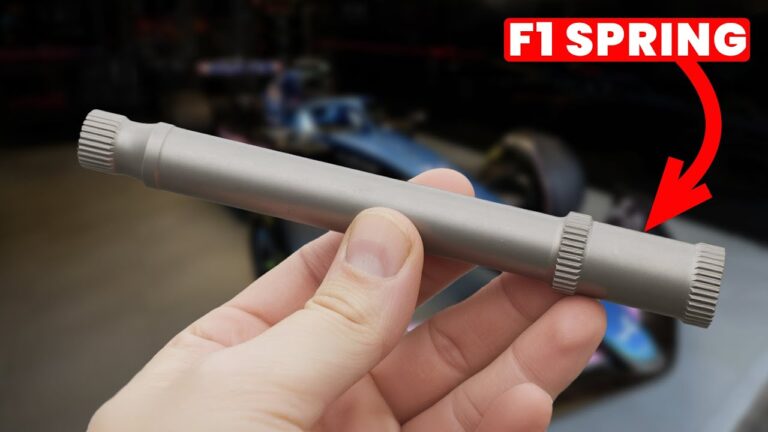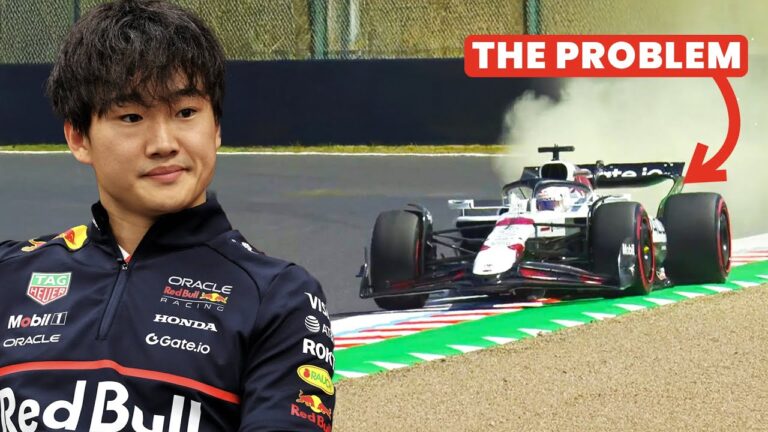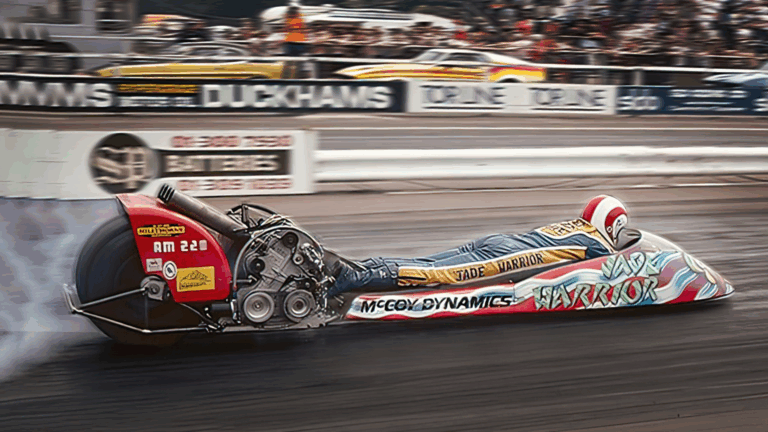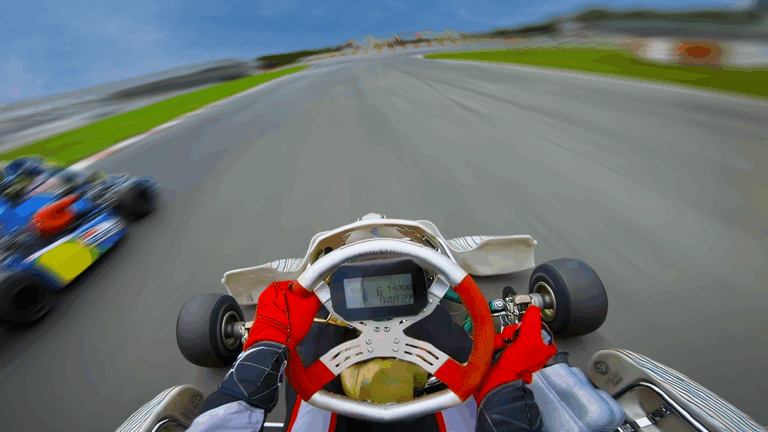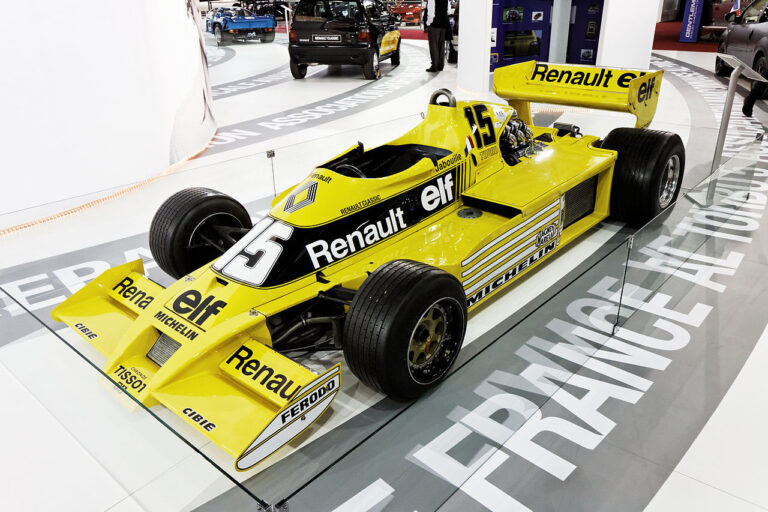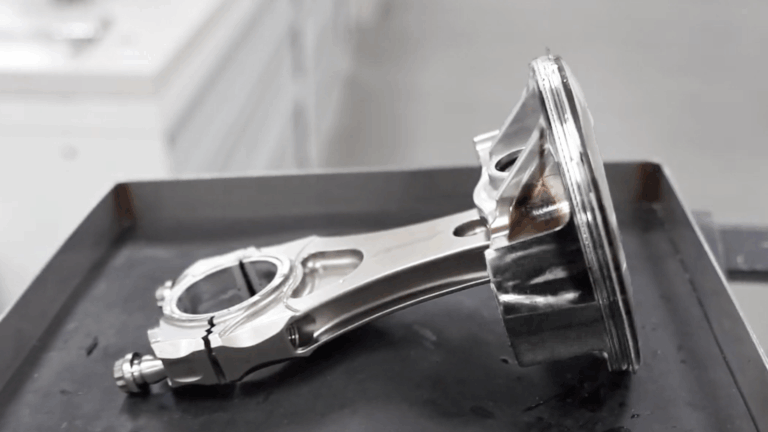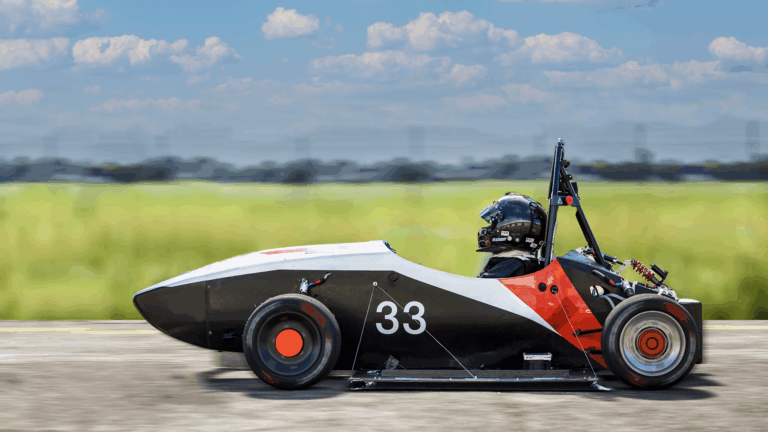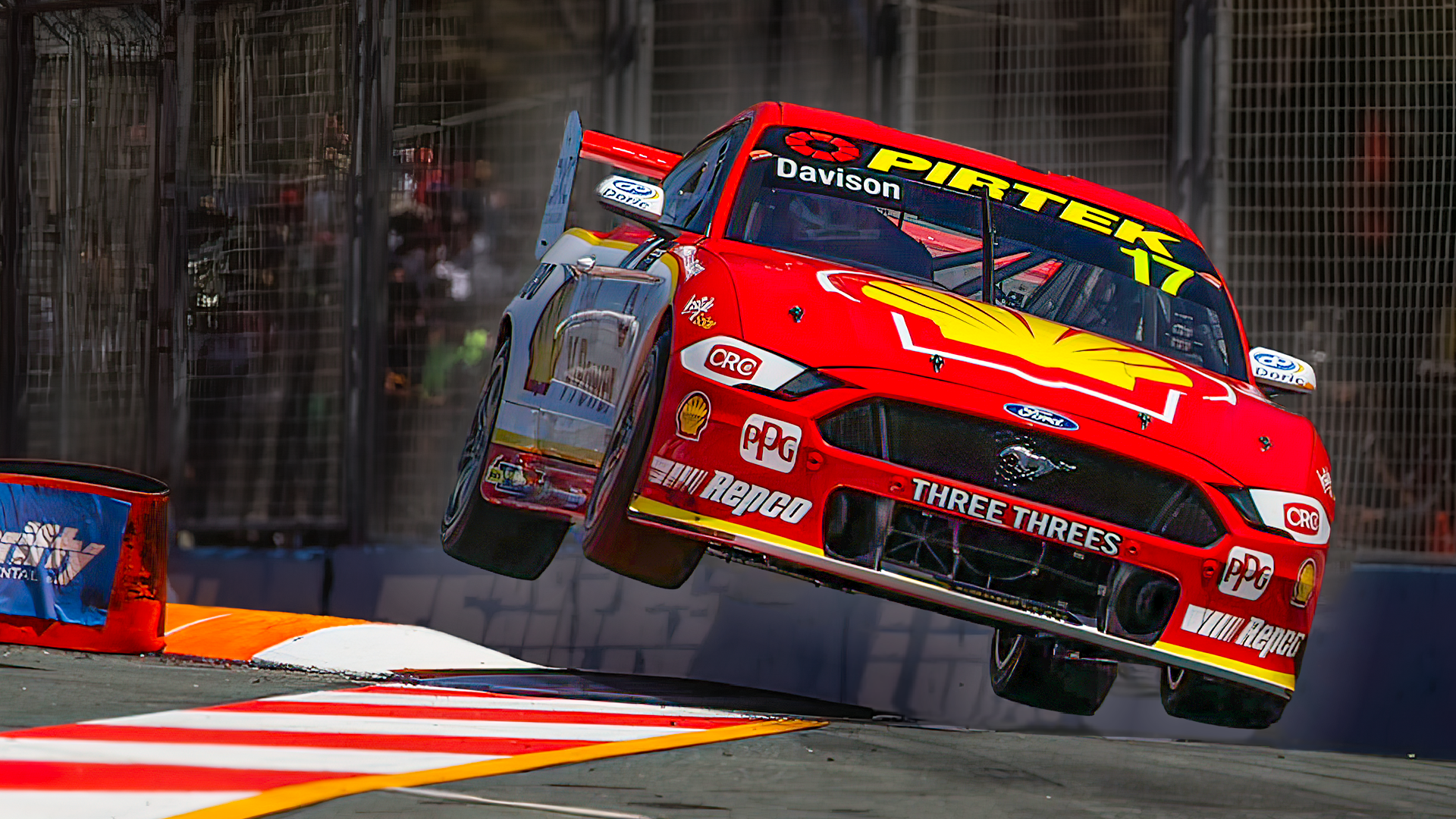
V8 Supercars represent a unique challenge in motorsport. These race cars, with their 650-horsepower engines, minimal downforce, and skinny tires, are notoriously difficult to drive. Despite being the antithesis of Formula 1 in terms of design and philosophy, they deliver some of the most intense racing action globally. But what makes these cars such a handful?
Let’s explore the engineering and driving factors behind their reputation.
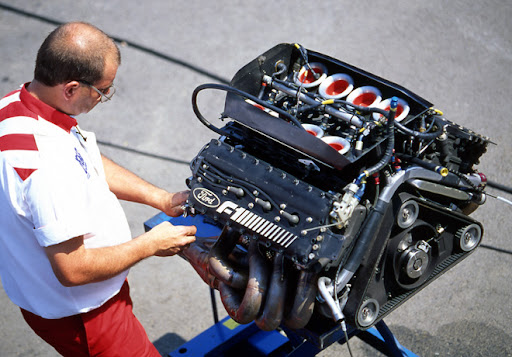
A Look at the V8 Supercar Formula
The V8 Supercar series, rooted in Australian touring car culture, features vehicles that resemble road-going sedans but are, in reality, purpose-built race cars. Historically based on models like the Ford Falcon and Holden Commodore, these cars are designed to be fast, powerful, and raw. Key elements include:
- 650-horsepower V8 engines
- 300-millimeter-wide rear tires, offering limited grip compared to GT3 or Formula 1 cars
- Minimal downforce, prioritising driver skill and overtaking opportunities
- No traction control or ABS, requiring exceptional precision under braking and acceleration
This setup, combined with challenging circuits like Mount Panorama and the streets of Adelaide, creates a driving experience unlike any other.
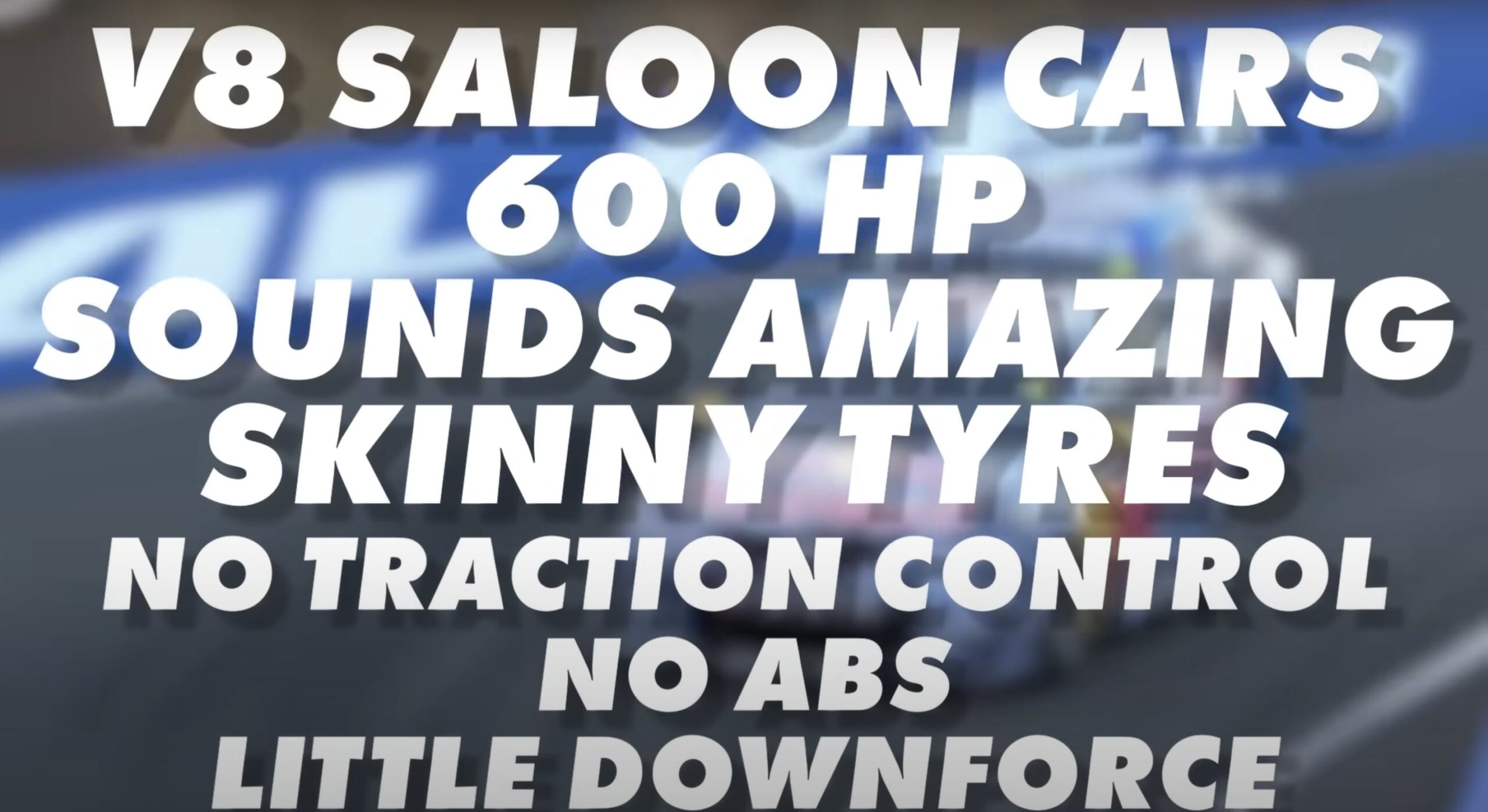
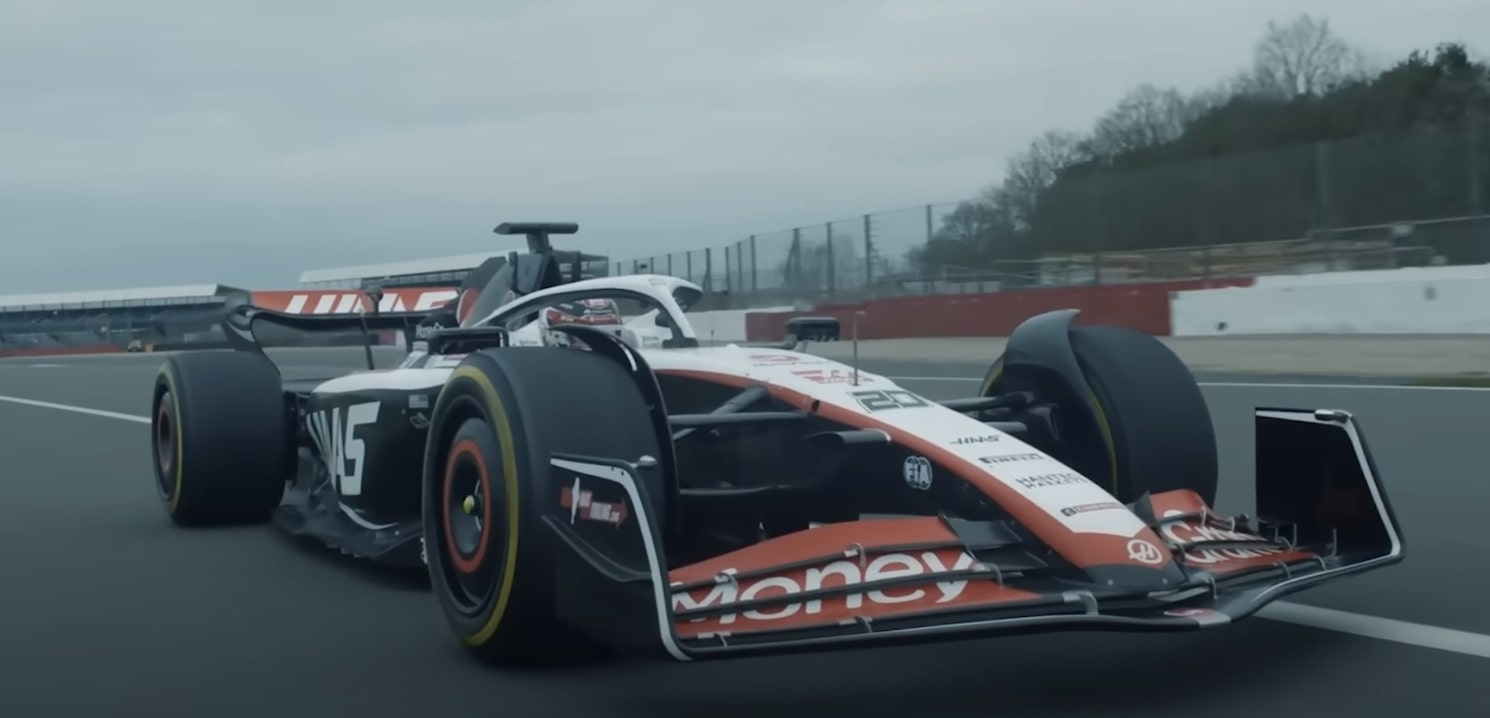
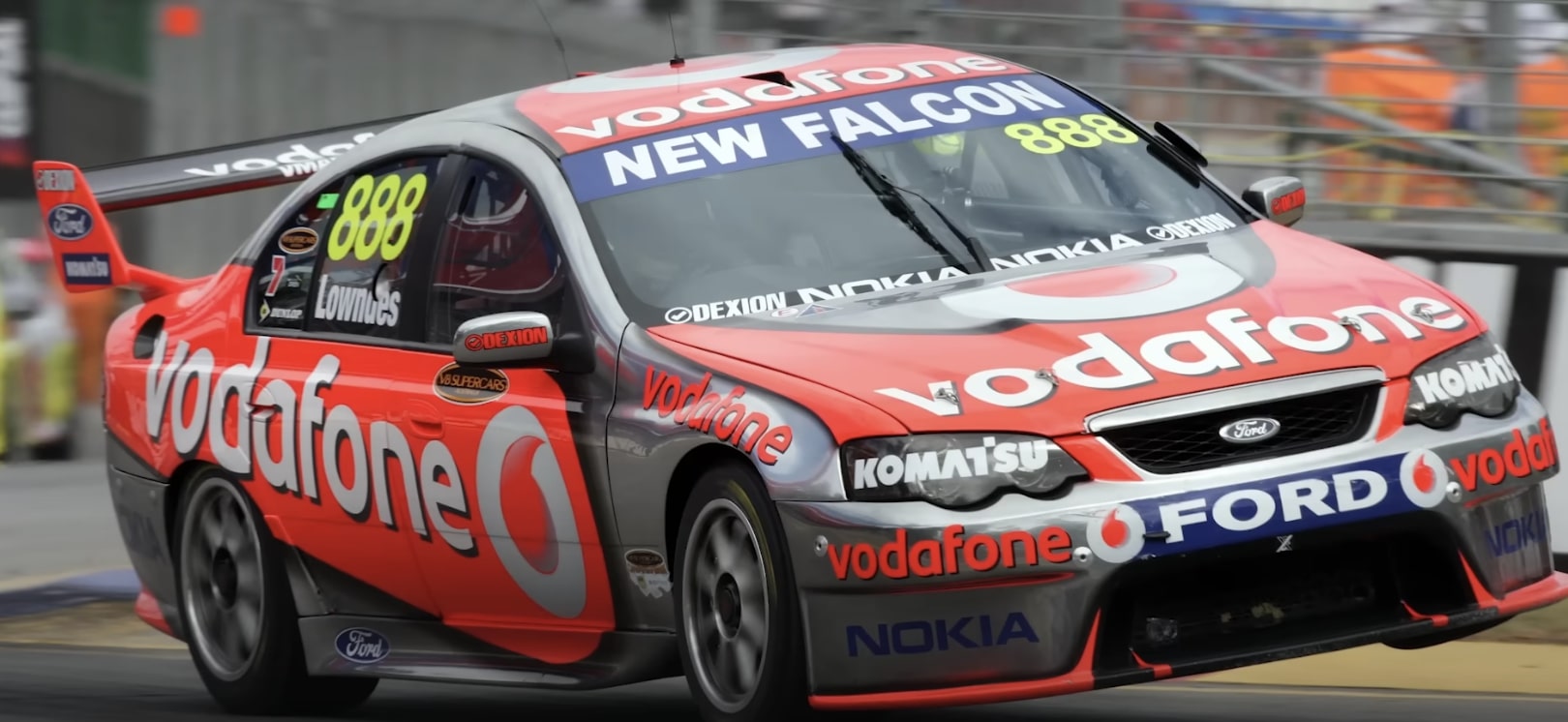
The Challenge of Driving V8 Supercars
1. Managing Power and Grip
2. Braking Without Assistance
With so much power and relatively narrow tires, maintaining traction is a constant battle. Drivers must carefully modulate the throttle, particularly when exiting tight corners, to avoid wheel spin. Even in third gear, it’s common for drivers to ease into full throttle gradually. This delicate balance between power and grip is a hallmark of the series.
Unlike most modern race cars, V8 Supercars lack ABS. Braking hard from high speeds requires not only precise pedal control but also an acute awareness of the car’s weight transfer. The cars are heavy, and slowing them effectively is a skill that separates good drivers from great ones. Former factory driver Lucas Ordoñez notes that the final moments of braking are especially critical for achieving smooth corner entry and avoiding oversteer or understeer.
3. The Art of Downshifting
Sequential gearboxes in V8 Supercars demand a specific technique. While upshifting is straightforward, downshifting requires drivers to master heel-and-toe techniques. This involves balancing the brake, clutch, and throttle to match engine speed with wheel speed, preventing rear-wheel lockups. Combined with tricky braking zones, this adds another layer of difficulty to an already challenging driving experience.
The Evolution of the Series
The series has seen significant changes over the years. Initially dominated by Ford and Holden, it opened up to other manufacturers like Nissan, Volvo, and Mercedes in 2013. However, rising costs led to the introduction of the Gen 3 cars in 2023, which feature:
- Shared chassis and drivetrains to reduce costs
- Balanced aerodynamic performance between models to ensure close racing
- Engines standardised for power and torque curves
Despite these changes, the essence of the V8 Supercar—raw power and challenging handling—remains intact.
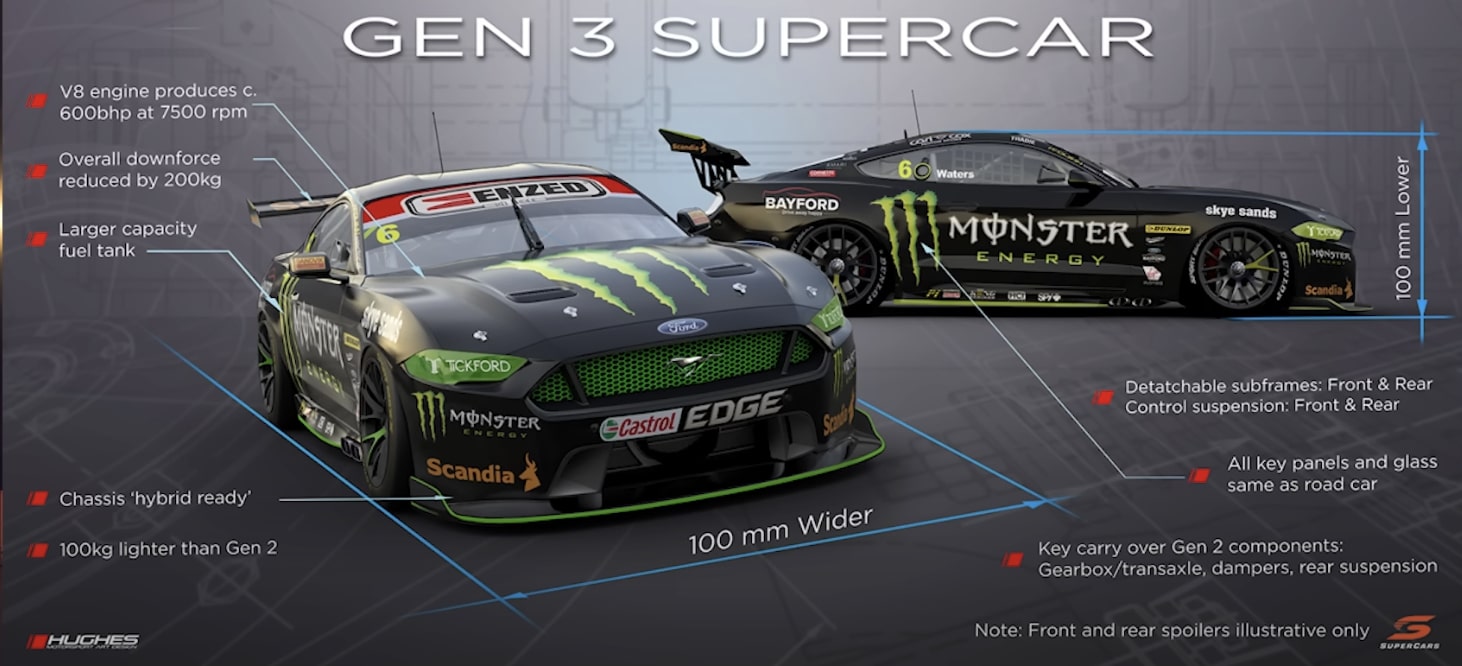
Why They’re Harder Than Formula 1 Cars
While Formula 1 cars are faster and generate more grip, their advanced aerodynamics, electronic aids, and wider tires make them more predictable. In contrast, V8 Supercars demand constant driver input and adaptation, with minimal room for error. The emphasis on mechanical grip and driver skill ensures that every lap is a test of endurance and precision.
A Must-Watch Racing Series
Beyond the technical challenges, V8 Supercars offer some of the most exciting racing in the world. The tight street circuits, bold overtaking maneuvers, and intense rivalries make it a spectacle for any motorsport fan. Whether you’re a seasoned engineer or a casual viewer, the series showcases the raw talent required to tame these beasts.




